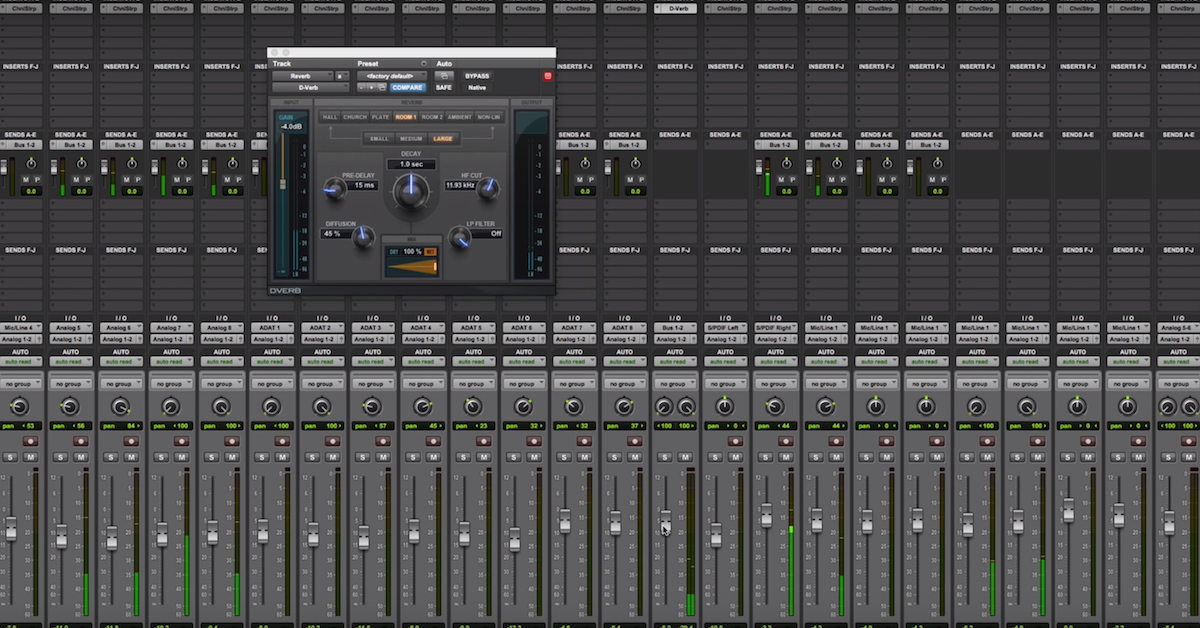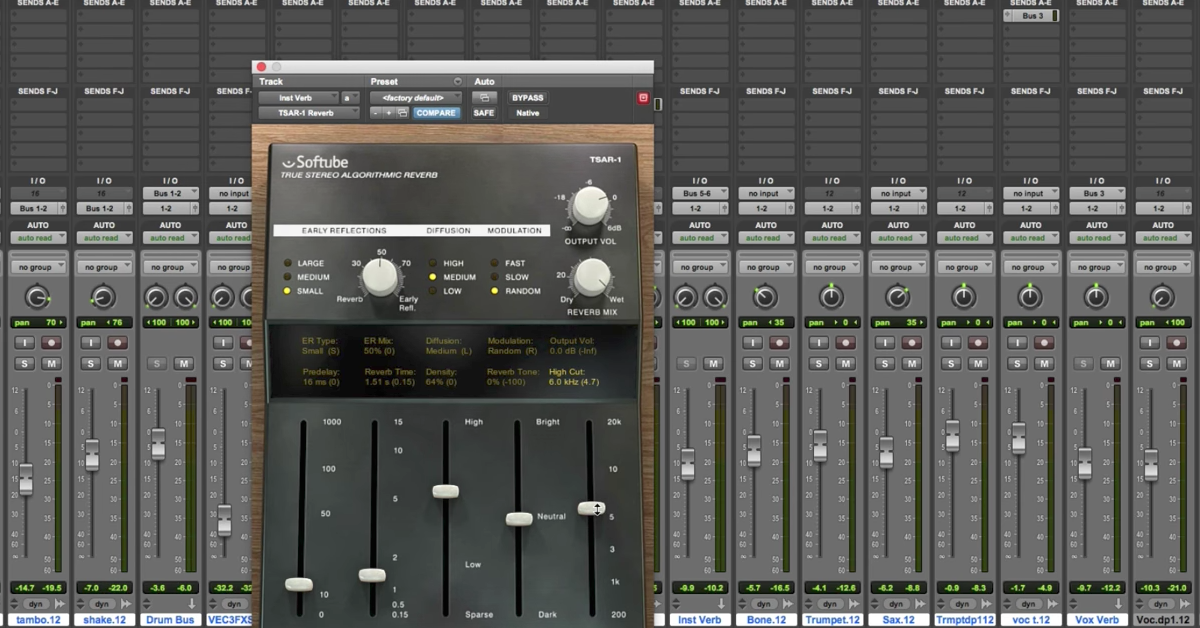How To Set Up The Perfect Monitor Mix
Article Content
There are certainties in life: everyone is mortal and the vocalist will ask for reverb in the headphones.
Unfortunately, only one of these has a solution.
Vocalists, more than anyone need to have a good headphone mix. Mind you, everyone benefits from a great mix. But, nobody is more exposed than a vocalist for the sheer reason that the voice is a direct expression of emotion.
Headphone mixes are amongst the most neglected parts of a session. Far too many engineers have never been on the other side of the glass. And even if they have, it’s easy to lose perspective over time.
It’s good to square away some time to create your own headphone mix. Lay down some vocals on a dummy track. Go through the process. See what it feels like and what you need to make it better. It doesn’t matter if you’re not a great singer. It just matters that you feel what it’s like and become more sensitive to the situation.
Over Exposure
Setting a vocalist up with no verb can make them relive that lifelong nightmare of standing at the front of the classroom with no clothes on. Nobody wants to be that exposed. Well, most of us anyway.
If you want to get the most out of a vocalist, it’s a good idea to create a safe place in the cans.
Here’s what I do: I have a reverb and compressor ready to go just for the monitor mix. It doesn’t matter if it’s the verb or compressor you will use on mixdown. It just matters that it makes the singer sound good to themselves.
If you don’t have this ready to go as soon as they put on their cans on, you’re going to have an uphill battle of insecurity to overcome.
Into The Great Wide Open
Here are a few steps I take before sending in the vocalist:
- Set up the mic
- Check signal chain
- Get a pre-mix balance of the instruments in the phones. Yes, they’re going to adjust, but first impressions are often the most important.
- Have routing set up for headphone mix effects.
I Found A Reason
The reason why I use a compressor: It makes the subtleties of the performance come out. They will be able to hear all the minute articulation and expressions. Pitch will get better and they will be able to hear themselves clearer.
They may want a fair amount of reverb and it’s fine. Reverb creates space and this space to a vocalist is like a warm blanket in the winter. Be ok with it. If it turns out to be too much and they’re pitch is wavering then you can knock it down a bit. Don’t be the reverb police.
Delay is another good plugin to have on the bus ready to go. Sometimes a Slapback can inspire. Or even a long delay.
Chain of Fools
You’re going to have a hard time judging signal chain if they’re not singing with a proper performance. Which you’re not going to get in the desert. The headphones need to be more like an oasis. Without the rambling arguments from Noel and Liam.
Priority 1 is getting them set up. Then tweak or swap. You can change mics and do the things you normally do but try to be discrete here, people. Vocalists tend to want monogamous relationships with mics.
Don’t rush through the process! Time is best-spent upfront of the tracking. Everyone will be happier and the performance will be looser. Also, check in from time to time to see what they’re hearing.
The Setup
Here’s a setup I use in Logic:
- Create a track and set the input for the vocal mic.
- Create 2 mono Aux Channel Strips
- Set the output of the vocal track to a bus you’re not using (for me right now it’s bus 2)
- Set the input for the Aux Channels to Bus 2.
- Set the Output of each channel to different outputs. One output goes to your studio monitors. The other output goes to you monitor sub-mix station.
- Label Aux Channel 1 Vox Cntl (for control room)
- Label Aux Channel 2 Vocal Mix
Now you can adjust your own mix on each bus. They’re independent. Always make sure to leave the signal alone on the Vocal track itself. You don’t want to mess with signals downstream. Subtle changes in monitor mixes don’t inspire performers. It frustrates them.
Q+A
What if you don’t have a fancy headphone monitor box for a separate mix? Well, you’re screwed!! Haha. Not really. It’s going to be a little more difficult. But, you can use a workaround.
Create two tracks. Set one up for recording (aka effects for the singer) and another for playback. You’ll have to drag the file back and forth which is kind of a pain, but worth it for the improved performance.
Why not use different plugins on same channel strip and mute? Well, because we all know you’re going to mess around with the level. As much as you say you won’t, you will.
All of these routing options exist in Pro Tools, as well. It’s not a complicated process. It’s simply something that a lot of engineers overlook. We often get caught in our heads about what mic to use and where to place it, etc… we’re so gear-centric that we forget about the humans were using the gear to capture.
A few extra steps can triple the quality of the performers takes. Give it a try and compare your own results. You may get a Valentine’s card from the vocalist next year. Will probably say “I Heart Reverb!!”





